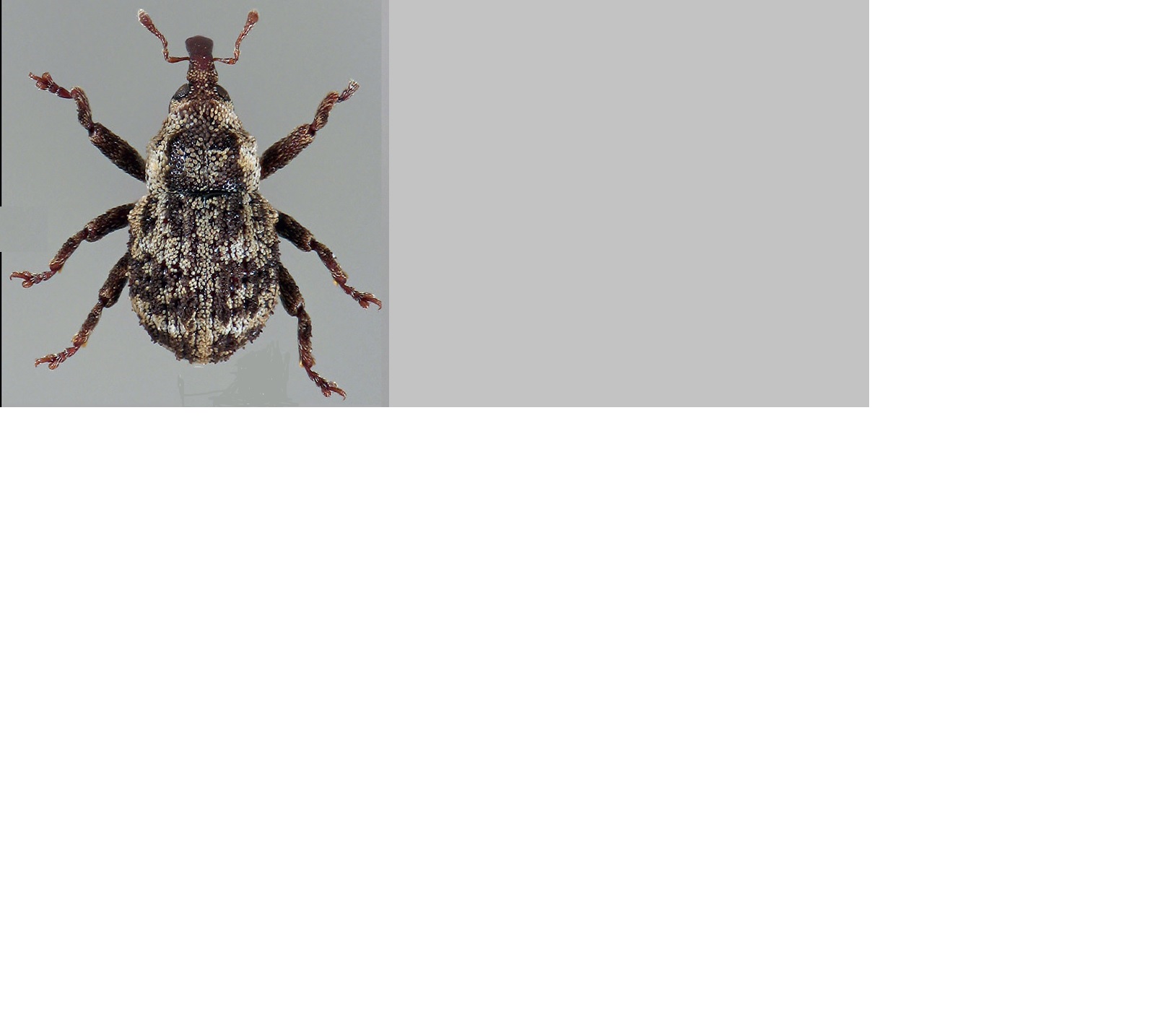Saproxylic weevils and edaphic beetles as indicators of environmental quality of relict forests in Piedmont lowlands
DOI:
https://doi.org/10.13133/2284-4880/582Keywords:
Bioindicators, forest naturalness, litter Coleoptera, lowland relict forests, species richnessAbstract
Saproxylic weevils and edaphic beetles of some relict forests of north-western Italy were analysed to determine the role of the age of the forests, their isolation and the degree of naturalness of the patches within each forest on the composition of litter-associated communities. Ten species of saproxylic weevils were found. The communities showed variation among the various forests, and were mainly dependent on the age of the forest and their connectivity; the degree of naturalness did not influence species richness or abundance, but apparently had an effect on some more specialized taxa that were only present in the patches with highest degree of naturalness. No saproxylic weevils were found in a relatively recently established forest, demonstrating their difficulty in colonizing newly formed habitats isolated from other forests. The edaphic beetles (usually predators belonging to Carabidae and Staphylinidae) proved to be more abundant, and were also present in the recently established forest and occurred in a quite large numbers in some deteriorated patches. Saproxylic weevils and edaphic predatory beetles thus provide different information on the environmental quality of the forests.
Downloads

Downloads
Published
Versions
- 2022-12-22 (2)
- 2022-12-15 (1)
How to Cite
Issue
Section
License
Copyright (c) 2022 Paolo Perone, Massimo Meregalli, Cristiana Cerrato

This work is licensed under a Creative Commons Attribution-NonCommercial 4.0 International License.




